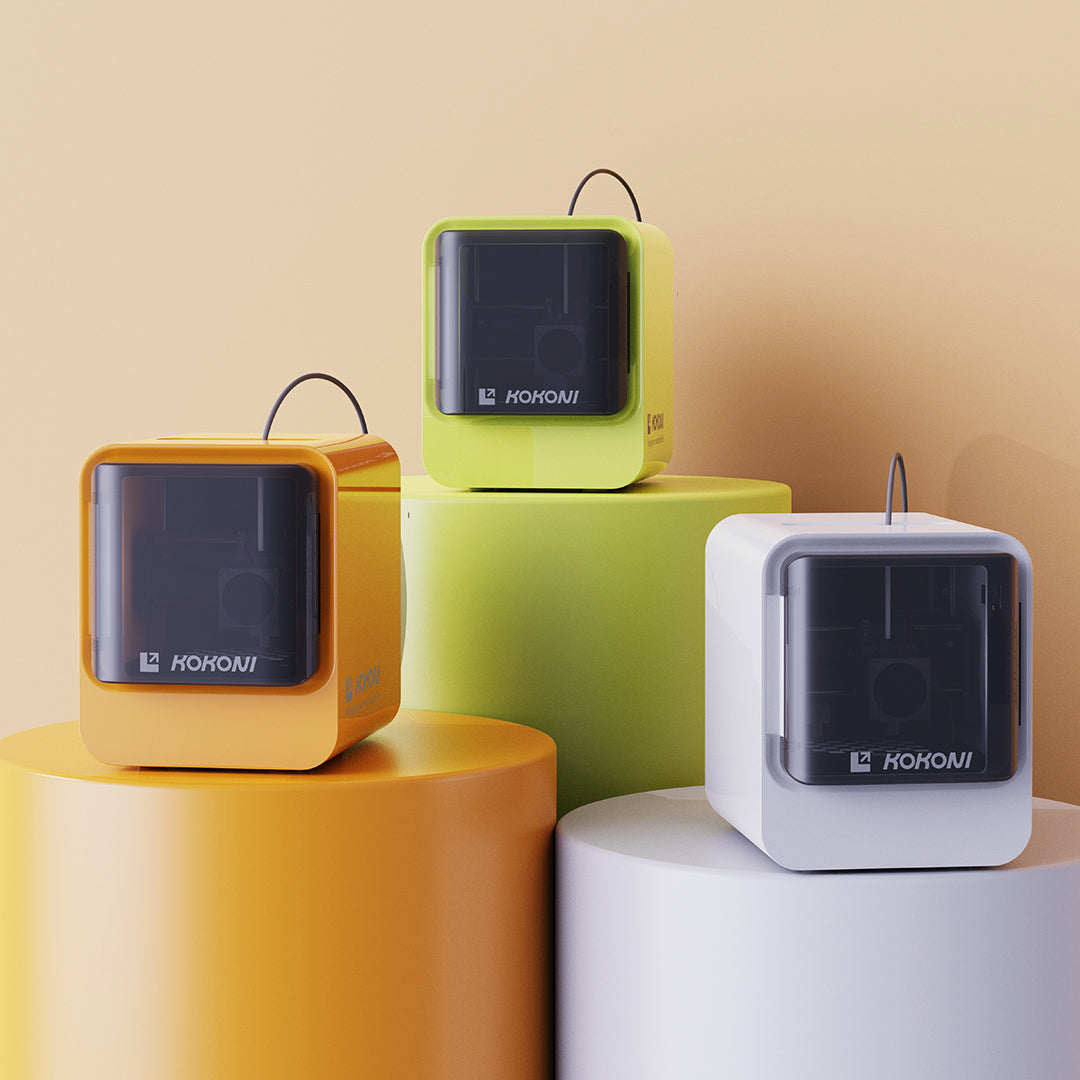Introducing KOKONI's Latest Tool: AI-Generative 3D Model
KOKONI introduced a new AI-generative 3D Model function. It's a real game-changer in the world of 3D design and printing, streamlining the process from creating to printing a 3D model into a single app.
KOKONI introduced a new AI-generative 3D Model function preview, which will be available in May. It's a real game-changer in the world of 3D design and printing, streamlining the process from creating to printing a 3D model into a single app.
Easy Inputs, Quick Results: With KOKONI's new tool, you can turn simple inputs—like text descriptions, rough sketches, or web images—into full 3D model prototypes in less than an hour. This means you can bring your ideas to life faster than before.
Loads of Creativity: Whether you're making human figures, cute cartoon characters, or just about anything else, KOKONI's new AI modeling tools have you covered. They're also great for making everyday objects, so you can let your imagination run wild.
Fast Preview, Best Results: Want to see what your model will look like? The app lets you preview your 3D creation in just five minutes. Users can thus choose the model that best fits the description and generate a high-resolution version for printing or editing.
Easy to Customize: Not happy with the generated model? KOKONI offers full-function CAD software, a 3D editing tool that allows users to change geometric features and add creative ideas.
Compared to other 3D AIGC approaches, KOKONI’s AI-generated 3D models enhanced multi-view consistency with higher fidelity. Specifically optimized for 3D printing applications, our models used a watertight mesh file and smooth surfaces. The network was trained on high-quality 3D printable objects.
What Makes It Possible?
KOKONI's new tool is powered by self developed DiT (Diffusion Transformer) based foundation model. It's been trained on millions of high-quality 3D data, which is being analyzed in our system to make it best fit what the user described. Similar to other AI tools, it will be improved overtime when there more and more users within our ecosystem and giving feedbacks on the generated models.
The algorithm achived the highest score (in FID and MMD) in multiple benchmark tests in academia. The research paper was accepted by the Computer Vision Conference CVPR 2024 and was selected as the highlight paper at the conference. (top 3% submission)

